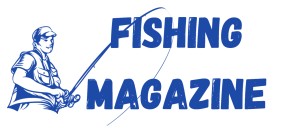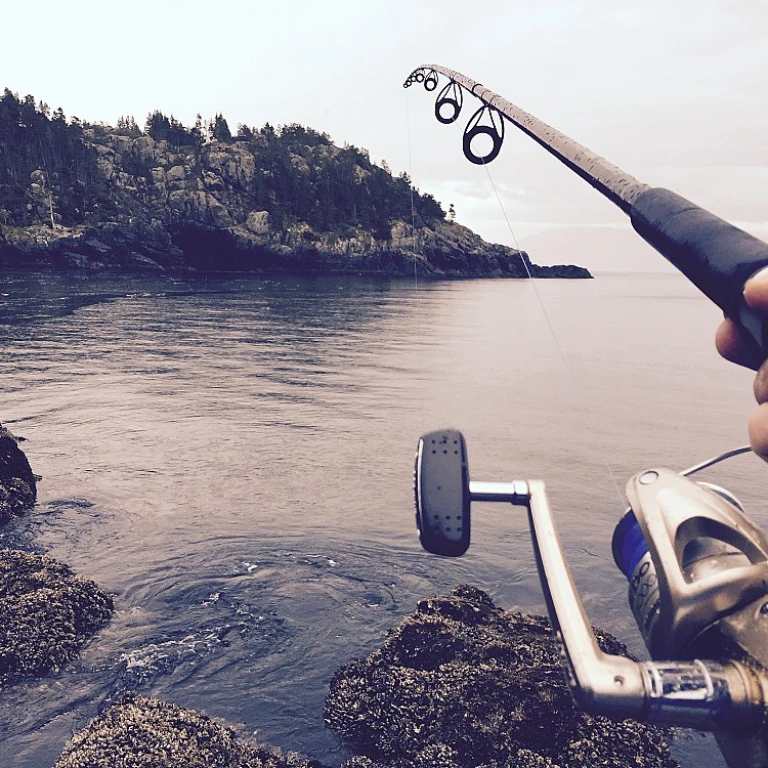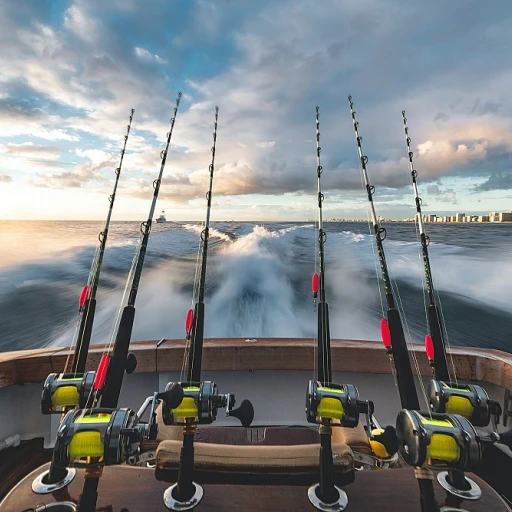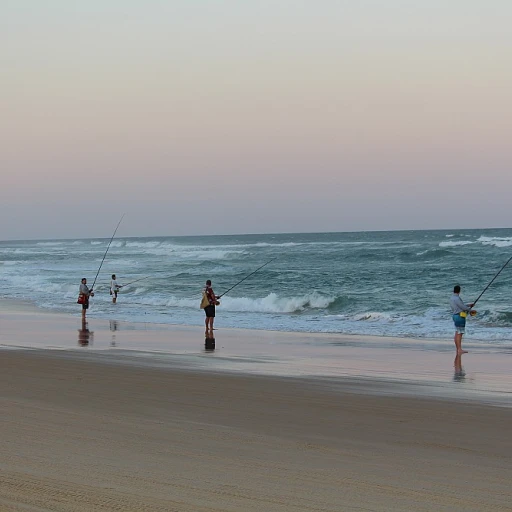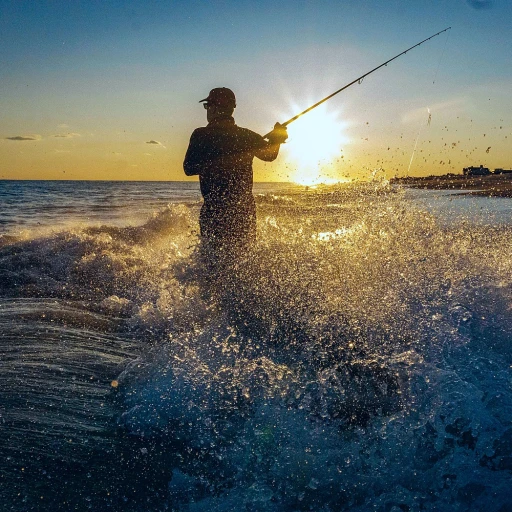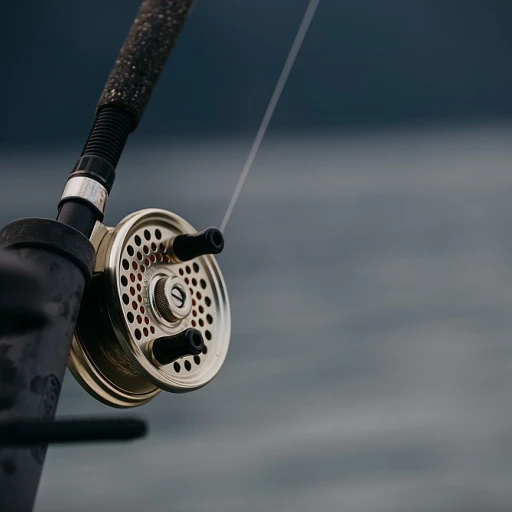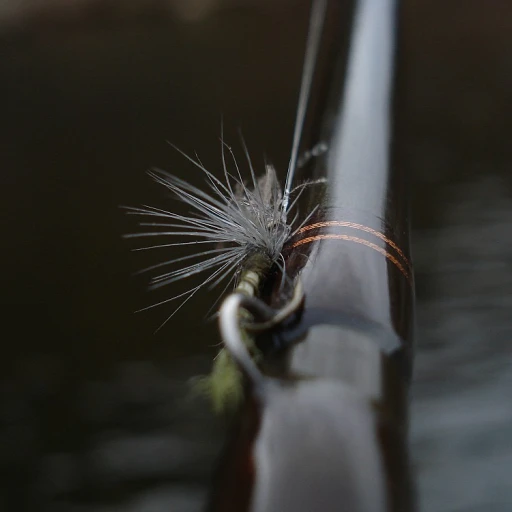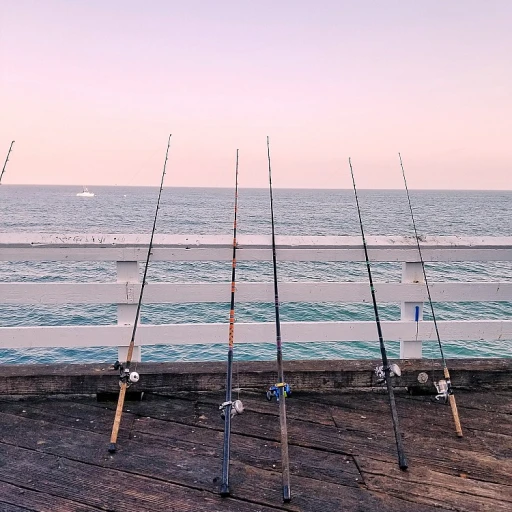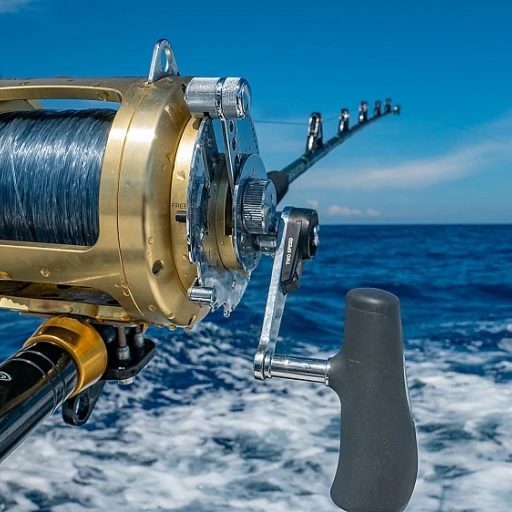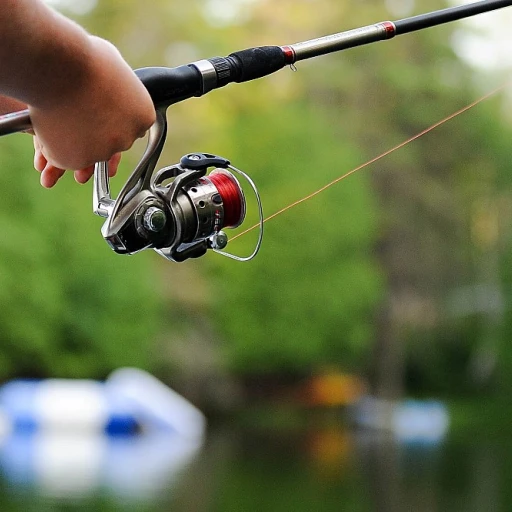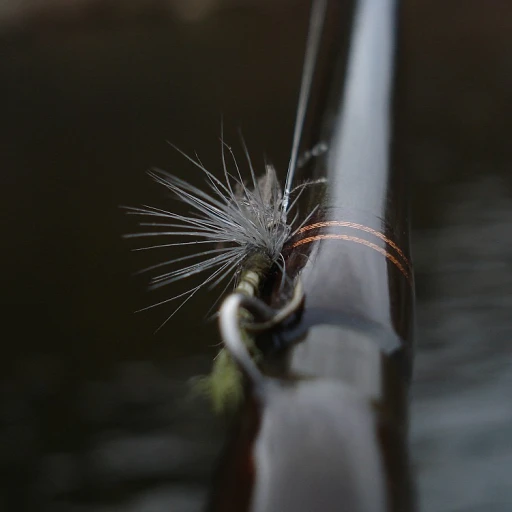
Understanding the Importance of Proper Cleaning
Why Care About Proper Fish Cleaning?
Cleaning a fish, especially a prized walleye, is more than a necessary step before cooking; it's vital for a number of reasons. To begin with, improper cleaning can lead to a lesser quality fillet, affecting both the taste and the texture. Nobody wants to bite into unexpected rib bones or encounter remnants of dark meat. Additionally, thorough cleaning preserves the meat's freshness longer, ensuring the bounty of your fishing excursions - perhaps from the bountiful waters of Lake Erie - remain as delectable as the moment you caught them. A poorly cleaned walleye could also result in wastage, with fillets reduced in size due to rough cuts or mismanaged knife work. The art of efficiently removing the skin without leaving excess on the fillet is a skill to master. When considering the ethical aspects of fishing, ensuring no part of the fish goes to waste also plays a crucial role in respectful angling practices. For those curious about the ethical dimensions, "the ethical anglers' dilemma" thoroughly discusses whether practices like catch and release are truly harmless. Essentially, sharpening your skills in cleaning fish not only enhances the enjoyment of fishing but also elevates the meals prepared post-catch. Being well-versed in this essential task can be the mark of a seasoned fisherman, impressing fellow anglers and contributing to a positive reputation in fishing communities and forums alike.Essential Tools for Cleaning a Walleye
Must-Have Tools for Effortless Filleting
To achieve success when cleaning a walleye, having the right tools is crucial. The key to mastering the technique lies in preparation and understanding the essentials required to effectively and efficiently fillet the fish. Let's dive into some must-have tools that will make the cleaning process not only easier but also more enjoyable.- Fillet Knife: The foundation of cleaning any fish lies in the knife you choose. An ideal fillet knife should have a flexible yet sturdy blade, allowing you to maneuver around the rib cage with precision. A sharp blade ensures clean cuts and minimizes waste, preserving more of the succulent walleye meat.
- Electric Knife: For some, an electric knife simplifies the process, particularly when dealing with larger catches like those from Lake Erie. It slices through the rib bones and skin with ease, producing even fillets that rarely need additional trimming.
- Cutting Board: A non-slip, large cutting board provides a stable surface to work on, making it indispensable for the cleaning fish process. It's critical that the board can handle the length and width of your catch, allowing you to maneuver the knife safely along the cut side without the risk of slipping.
- Pin Bone Tweezers: Even after a meticulous cleaning, some rib bones may remain. Tweezers designed explicitly for this purpose allow you to swiftly pull out any stubborn bones, ensuring your fillet walleye is bone-free and ready for cooking.
- Fish Scaler: Though walleyes are usually filleted skin off, having a fish scaler in your kit can be beneficial when you want to try different cooking methods that might require leaving the skin on.
Step-by-Step Guide to Cleaning a Walleye
Step-by-Step Guide to Remove the Walleye Fillets
The process of cleaning a walleye might seem daunting at first, but with systematic steps, it becomes quite approachable. Here's a detailed guide on how to prepare this delicious fish from lake to plate.
- Start with a Clean Surface: Ensure that your cleaning station is sanitary and well-lit. Good lighting will help you see what you're doing, especially when attempting to make precise cuts on your walleye fillets.
- Position the Fish Correctly: Lay your walleye flat on its side. The tail should be facing away from you, laying the groundwork for efficient cleaning.
- Make the Initial Cut: With a sharp fillet knife, make a diagonal incision behind the gill plate down to the backbone. Being mindful during this step will help preserve as much meat as possible.
- Guide the Knife Along the Backbone: With precision, slide the knife along the lateral line, continuing from head to tail. Aim to keep the knife close to the bone, allowing it to guide your cut. This technique helps in extracting a cleaner piece of fillet and reducing waste.
- Fillet Separation: Once you reach the rib cage, gently lift the fillet away, cutting through so that the fillet knife glides over the side rib bones. At this point, your hard-earned fillet should come away easily.
- Skin Removal: To peel off the skin, secure the fillet skin-down and start at the tail end. Slide the knife between the skin and meat, holding the skin taut for a clean separation.
- Inspect for Bones: Once your fillets are separated, give them a quick pat down and inspect for any lingering bones. Ensure that your piece fillet is bone-free for an enjoyable eating experience.
- Repeat for the Other Side: Flip the walleye to its other side and repeat the process. After a few attempts, you'll find efficiency and rhythm in cleaning fish.
This method mirrors techniques admired by forum members and has been originally posted in various fishing reports for lake Erie walleye fishing enthusiasts. Remember, practice makes perfect, and soon you'll be the expert in walleye cleaning!
Common Mistakes and How to Avoid Them
Avoiding Common Pitfalls in Walleye Cleaning
Cleaning walleye is an art that requires precision and attention to detail. While mastering the proper technique is essential, being aware of common mistakes can save you time and ensure the best fillets possible.- Dull Knives: Many anglers make the error of using a dull fillet knife. A sharp knife is crucial to effortlessly cut through the side of the walleye, separating the meat from the bones without much resistance. Investing in a high-quality knife will improve your results significantly.
- Incorrect Rib Cage Cuts: One frequent mistake is not making clean cuts around the rib cage. When cleaning fish, ensure you slice properly around this area to preserve as much of the walleye meat as possible. This method not only maximizes yield but also keeps your fillets neat and tidy.
- Ignoring Dark Meat: It's easy to overlook or underestimate the flavor impact of the dark meat on the side lateral of the fish. Carefully trimming away excess can result in a lighter taste, favored by many fishing enthusiasts.
- Improper Fillet Skin Removal: Removing the skin improperly can leave bits behind. To remedy this, place the fillet skin-side down and make sure your knife is flush with the board before you start to remove it from the meat. A quick and steady hand will do wonders to clean fish efficiently.
- Electric Fillet Knife Missteps: While an electric knife can speed up the process, it can easily destroy what would have been a perfect piece fillet if misused. Practice makes perfect with electric tools; don't rush the cut fillet.
- Neglecting Environmental Conditions: Weather conditions, such as those seen in variable lake Erie, can affect the cleaning process. Don’t rush; patience and adapting to changing environments can ensure better cleaning outcomes.
Preserving the Freshness of Your Catch
Preserving Freshness: Safeguard Your Walleye Catch
Keeping your catch fresh is critical to enjoying the delicious flavors of your walleye fillets. Proper handling after you've done the meticulous work of cleaning fish ensures that the effort you've put into cutting perfect pieces of fillet doesn't go to waste.- Immediate Chill: Once the walleye is cleaned, chilling it as quickly as possible is essential. Whether you're situated near Lake Erie or another popular fishing location, always have an ice-packed cooler on hand.
- Avoid Exposure: Unnecessary exposure to air can degrade the quality of your walleye meat. Cover your fillets with a damp towel or wax paper before sealing them in a cooler. This extra step will also protect the meat from harsh winds that might dry it out.
- Proper Storage Techniques: If you're not planning to cook the fillets immediately, storing them properly is vital. Vacuum-sealing each fillet helps retain freshness and flavor. Storing fillets in a single layer, with rib bones removed, helps maintain their integrity.
- Minimal Handling: Handling the fillets too much can also reduce their quality. Once your fillets are cut, it’s best to handle them the least amount necessary to prevent accidentally tearing the delicate skin or introducing contamination.
- Dark Meat Removal: Before storage, removing the dark meat that runs along the side lateral line of the fillet will not only improve taste but also reduce the likelihood of spoilage.
Exploring Recreational Fishing Products for Cleaning
Explore Products Designed for Efficient Walleye Cleaning
To master the art of cleaning a walleye, not only is it crucial to follow a proper method, but utilizing the right products can elevate your cleaning experience significantly. With the recurring practice of cleaning fish, having access to high-quality tools ensures you maintain the freshness and integrity of your catch while making the process as seamless as possible.
Here's a roundup of some essential recreational fishing products known among avid fishing enthusiasts that can simplify your walleye cleaning experience:
- Electric Knife: An electric fillet knife is a game-changer when it comes to speed and precision. Known for efficiently cutting through rib cage and skin, this tool is perfect for creating clean fish fillets effortlessly. The electric variant saves time and reduces manual labor, making it a popular choice for those dealing with large catches from locations like Lake Erie.
- High-Quality Fillet Knife: While electric knives are effective, a manual fillet knife offers more control when delving into intricate cuts. Opt for a model crafted with high-carbon stainless steel to ensure it remains sharp and rust-free over prolonged use. This manual method helps in reducing the dark meat on the cut side of your walleye fillet.
- Fish Cleaning Tables: Specially designed tables for cleaning fish provide a convenient station with compartments for sorting fillets and discarding remnants like bones and skins. They are often featured in fishing reports and forums as indispensable tools for any serious walleye enthusiast.
- Scalers: Although not always necessary when cleaning a walleye (due to discarding the skin in most fillet methods), having a scaler on hand can be beneficial for certain species or if you desire to try a new method.
- Vacuum Sealers: To preserve the freshness of your catch, deploying a vacuum sealer is essential. This product extends the shelf life of your fillet by sealing in the flavor while preventing freezer burns. It's especially useful for off-season enjoyment of your Lake Erie fishing trips.
These products, often originally posted about and recommended by forum members who enjoy the subtle art of walleye cleaning, are investments towards not only effective fishing but also the culinary delights that follow.
